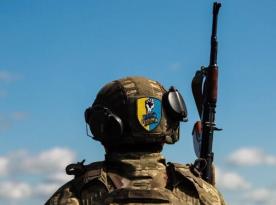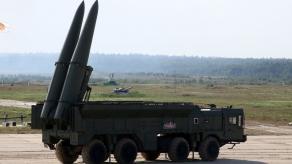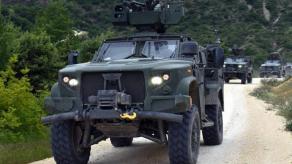russia continues saber-rattling against the countries expressing support for Ukraine. Today, on March 21, Japan's Prime Minister Fumio Kishida is in Ukraine to meet with President Volodymyr Zelensky. At the same time, the russian defense ministry announces two Tu-95MS strategic bombers going for a patrol sortie over the Sea of Japan, accompanied by Su-30SM and Su-35S fighters.
Moscow claimed all this activity took place in neutral waters and "in strict accordance with international law." But despite russia's efforts to create an image of such sorties being commonplace and regular, in fact, the shortage of Tu-95s forced the Kremlin to increase the period between such sorties.
Read more: Japan May Change the Legislation For the Export of Weapons, In Particular For Ukraine

The last time Tu-95MS was seen in this area was on December 14 last year, and before that on December 1 when the russian bombers together with Chinese aircraft approached the Tsushima island. It is a landmark that marks the place russia suffered a crushing defeat against a naval battle of the russo-Japanese War in 1905.
Tokyo protested against such flights near its borders but Moscow basically ignored it. Though Japan can hardly be intimidated by these activities, because back in Soviet times, such sorties were an almost daily occurrence with a larger number of aircraft involved. Another reason is that the Japanese Air Force is times more powerful in this area. Japan Self-Defense Forces have 200 F-15Js, 91 F-2s (Japanese version of F-16) and 31 F-35As in service.

On the other hand, the russian federation had only three aviation regiments deployed from Chita to Kamchatka as of 2021. That is, there are less than 100 aircraft of types Su-27SM, Su-30M2, Su-35S and MiG-31 "on paper," without taking into account their real combat capability.
Read more: Ukraine’s Defense Intelligence Says Explosion in Dzhankoi Destroyed russia's Kalibr Cruise Missiles














